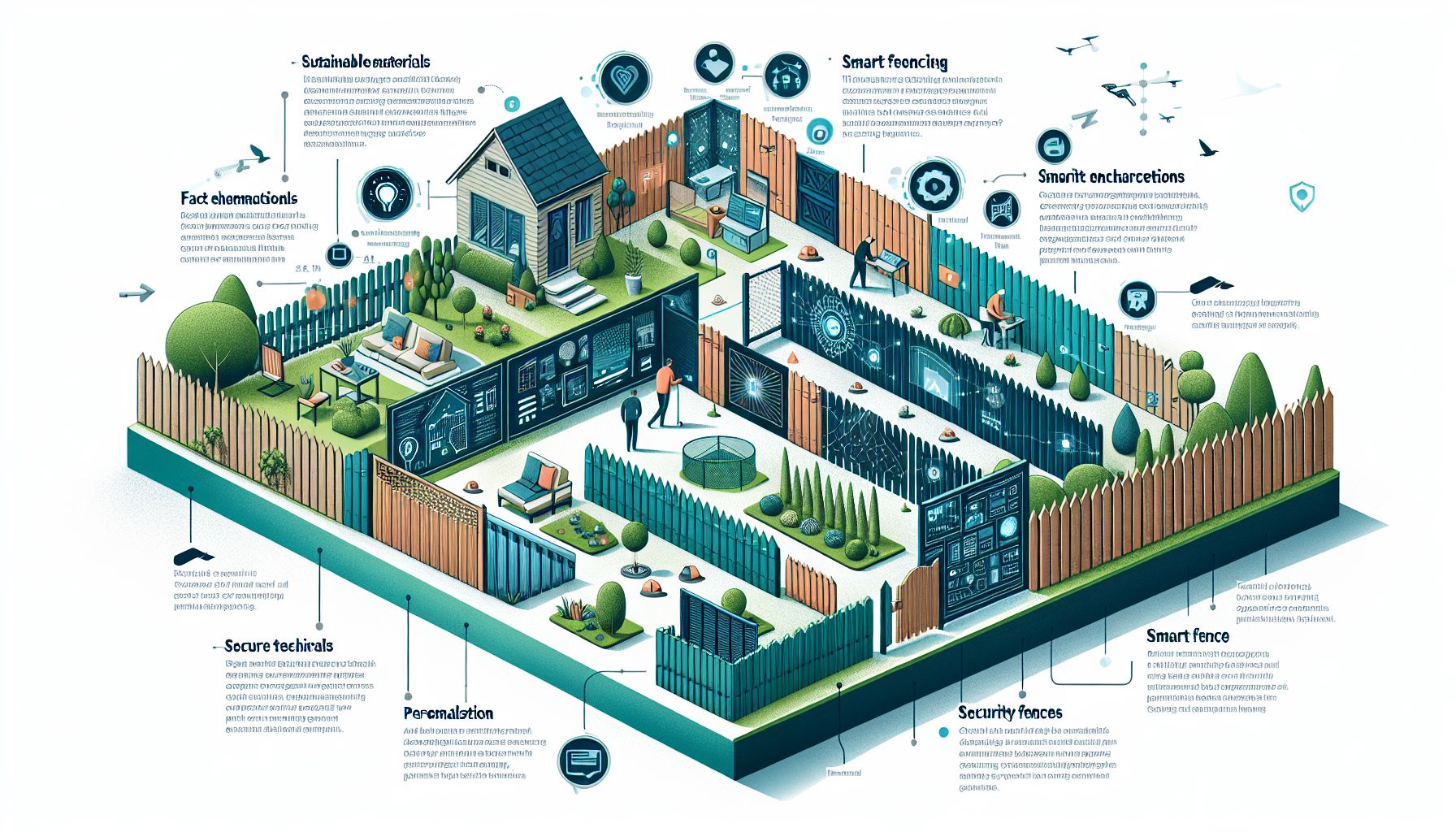Reinventing Fencing Solutions: Unveiling Innovations in the Industry
The fencing industry has long been associated with traditional designs and conventional business practices. However, recent advancements in technology and a shift towards sustainability have led to a wave of innovations within the sector. From cutting-edge materials to smart fencing solutions, this article explores the dynamics and advancements that are revolutionizing the fencing business.
Embracing Sustainable Materials
As environmental consciousness rises, the demand for sustainable materials in the fencing industry has increased significantly. Traditional materials such as wood and iron are being replaced by eco-friendly alternatives like bamboo and recycled plastics. Not only are these materials more durable and long-lasting, but they also require less maintenance and have a lower impact on the environment. Additionally, the use of bamboo as a fencing material provides a renewable solution as it grows much faster than trees.
Introducing Smart Fencing Systems
With the advent of smart technology, fences are no longer just physical barriers. Companies are now integrating sensors, cameras, and automation systems to enhance security and convenience. Smart fencing systems can detect intrusions, send real-time alerts, and even adjust their height or transparency based on user requirements. These advancements not only provide improved security but also offer cost-saving benefits by reducing manual monitoring and maintenance efforts.
Streamlining Operations with Artificial Intelligence
Artificial intelligence (AI) is playing a significant role in improving the efficiency and accuracy of the fencing business. AI-powered software can analyze satellite imagery and topographic data to help companies optimize fence installation and design. By considering factors such as terrain and climate, AI algorithms can assist in determining the most effective and durable fencing solutions for a particular location. This not only saves time and resources but also ensures customer satisfaction.
Leveraging Augmented Reality in Design
Visualizing the final outcome of a fencing project has always been a challenge for both customers and designers. However, augmented reality (AR) is changing the game by enabling users to virtually experience how different fences would look in their space. By simply using a smartphone or tablet, customers can now see the fence design in real-time, allowing for better decision-making and reducing the chances of dissatisfaction. Designers can also benefit from AR by making quick modifications and showcasing various options to clients, providing a more interactive and engaging experience.
Future Prospects and Expanding Markets
As the fencing industry continues to embrace innovation, the future looks promising. With a focus on sustainability, smart technology, and improved customer experiences, the sector is expected to grow exponentially. The integration of renewable energy sources such as solar panels into fencing solutions is also gaining traction, offering additional functionalities and environmental benefits.
Moreover, the global market for fencing solutions is expanding beyond traditional uses. From residential and commercial properties to agricultural and industrial sectors, the demand for advanced and customized fencing solutions is on the rise. This presents a vast opportunity for businesses to diversify their offerings and cater to specific market needs.
In conclusion, the fencing industry is undergoing a transformative phase with the emergence of sustainable materials, smart systems, AI-powered operations, and AR-based design solutions. Businesses within the sector are adapting to these advancements to meet customer demands and streamline their operations. As the industry continues to evolve, the future holds immense possibilities for further innovations, making fencing solutions more efficient, secure, and visually appealing than ever before.

